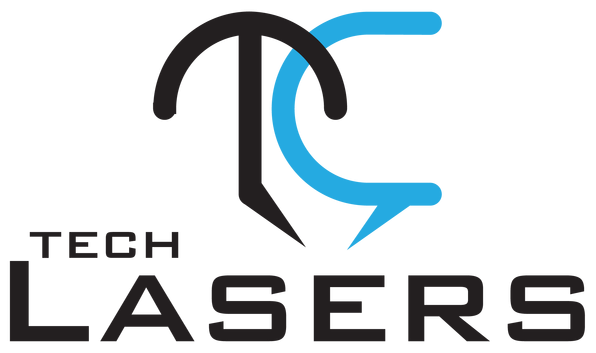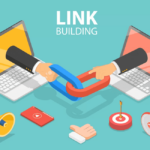The technological evolution and advancement has gone through rapid phase of development and deployment in the last few decades. People have become more dependent on the technology as it has reached to their very homes and offices. The presence of television, computers and mobiles along with various other household products like washing machine and other are simply an example to the technology. A new research conducted by the researchers has focused on analyzing the interaction of people with technology in future.
This team of researchers has been led by esteemed Professor Mike Fraser and Dr Anne Roudant. Both of them are from the Bristol University’s Bristol Interaction Group (BIG) group. They will be presenting their finding in the form of six papers at one of the world’s famous conference on human computer interfaces namely ACM CHI 2016 in San Jose, USA.
Their research has carefully put forwarded the future applications of the technology and their interaction with human counterparts in five different ways.
Watch out for PowerShake in future
This research has highlighted that the current popularity and rampant adoption of the smartphone will pave way for the power transfer interactions. Currently mobile devices can only last a day or two at the most. PowerShake will offer an opportunity for the users to share the power between mobile and other wearable device. This can prove extremely helpful in the scenario of lower or limited battery during emergency.
Improvised text legibility on non-rectangular displays
We had already moved from the traditional rectangular displays as smartwatches are coming up with round or circular displays but text legibility is huge concern on the non-traditional displays. Researchers has very wisely stated about how emerging technologies can help in creating non-traditional displays along with providing better text legibility capabilities on them.
GauntLev- wearable with the ability to manipulate the free-floating objects
GauntLev is simply a tool which has the capability to generate remote forces in turn allowing people to handle hazardous materials with ease and grace. Research team has stated that such devices will help in providing easier maneuver capabilities to the worker while dealing with hazardous materials.
Better integration of the cloud services and digital infrastructure
New technology brings an unwanted strain on the environment due to the need of coming up with required infrastructure on the global level. Cloud technology offered a great way to reduce our dependence on the paper yet infrastructure development brings the same amount of threat to the environment. Efforts should be made to extend the Blevis Sustainable Interaction Design rubric for the digital infrastructure by the respective companies in the future.
EMPress –hand gesture and pressure sensing technology
The ever increasing popularity of the wearable devices will lead to the improvement of the gesture tracking and pressure sensing technology. Their research paper has shown that through combing the EMG and pressure data tech companies will be able to improvise the hand gestures to a whole new level. Researchers have dubbed this technology as EMPress which encompasses the techniques which carefully sense both the finger movement along with the rotation of the forearm and wrists.

 Methods for Creating High-Quality Custom Apparel with Direct-to-Film Transfers
Methods for Creating High-Quality Custom Apparel with Direct-to-Film Transfers  How SASE Solutions Empower Productive Workforces in a Digital Era
How SASE Solutions Empower Productive Workforces in a Digital Era  Excel vs PDF: Which Dominates Document Sharing in 2025? (Data-Driven Comparison)
Excel vs PDF: Which Dominates Document Sharing in 2025? (Data-Driven Comparison)  TitaniumInvest.com Money 2024: AI‑Driven Tools Outperform Traditional Banking
TitaniumInvest.com Money 2024: AI‑Driven Tools Outperform Traditional Banking  Why Your Link Building Efforts Might Fail
Why Your Link Building Efforts Might Fail  How to Request or Give Remote Control in a FaceTime Call on iPhone
How to Request or Give Remote Control in a FaceTime Call on iPhone  The Rise of Intelligent Automation in Business Operations
The Rise of Intelligent Automation in Business Operations  The Best Ideas for Designing Your Custom Printed Ring Binder
The Best Ideas for Designing Your Custom Printed Ring Binder  How Technology is Changing the Way We Play Hearts
How Technology is Changing the Way We Play Hearts 